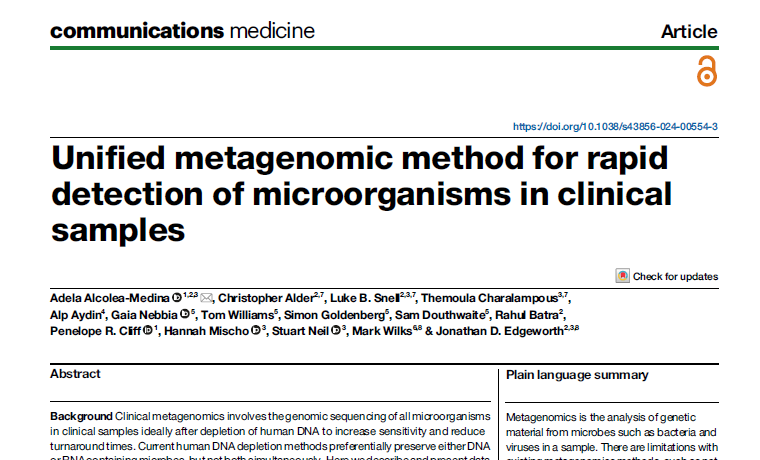Across viral vector and protein-based manufacturing, nearly every process team tracks host-cell DNA. But a growing body of evidence suggests something uncomfortable: your numbers might be off by an order of magnitude—and not in your favour.
Download the poster in Resources tab of the top navigation
Presented at: Advanced Therapies USA, Nov 2025
In this new technical poster, Quantification Challenges of Chromatin-Associated Host Cell DNA: An Underestimated Risk, our R&D team explores a problem that has quietly influenced DSP outcomes for years:
Chromatin fragments don't behave like “DNA” — and your assays might not notice.
Chromatin is released in complex, protein-bound structures. These aren’t just difficult to clear during purification—they can also be nearly invisible to standard intercalating-dye assays, including PicoGreen.
The poster shows that disrupting histone–DNA interactions and fragmenting DNA can increase measured signal more than 20-fold—meaning what looks like “low DNA contamination” may simply be poor chromatin accessibility, not real process cleanliness .
Why this matters for Process Dev, MSAT, and QA teams:
If quantification underestimates the true impurity level, downstream decisions become risky:
- You may believe nuclease treatment wasn’t needed when it actually was.
- Inefficient nucleases may appear effective simply because the DNA not digested was never fully detected.
- DSP capacity can be reduced due to undetected impurity load.
The poster walks through how fragmentation affects detectability, how some partially digested chromatin left by some nuclease can remain undetected, and how salt conditions play into the picture—without requiring any change to your analytical platform.
Live Q&A
You can ask any questions about this poster with this a Live AI-based Q&A. You can ask the Q&A to respond in any way you want, including highly technical or simplified language. You can ask it to respond in most languages. It accesses a model specifically trained on this poster content with notes and additional information from data referenced using a model in ChatGPT. You will need to log into a ChatGPT account, but give the Live Q&A a try here.




